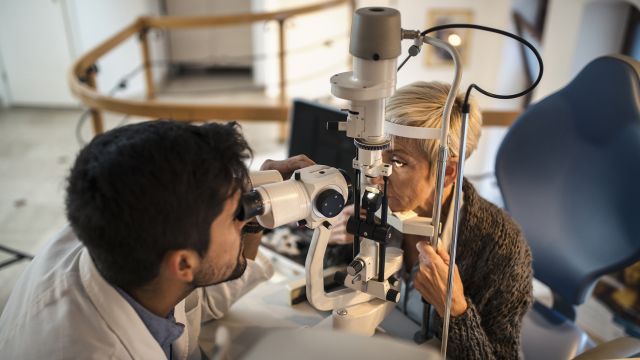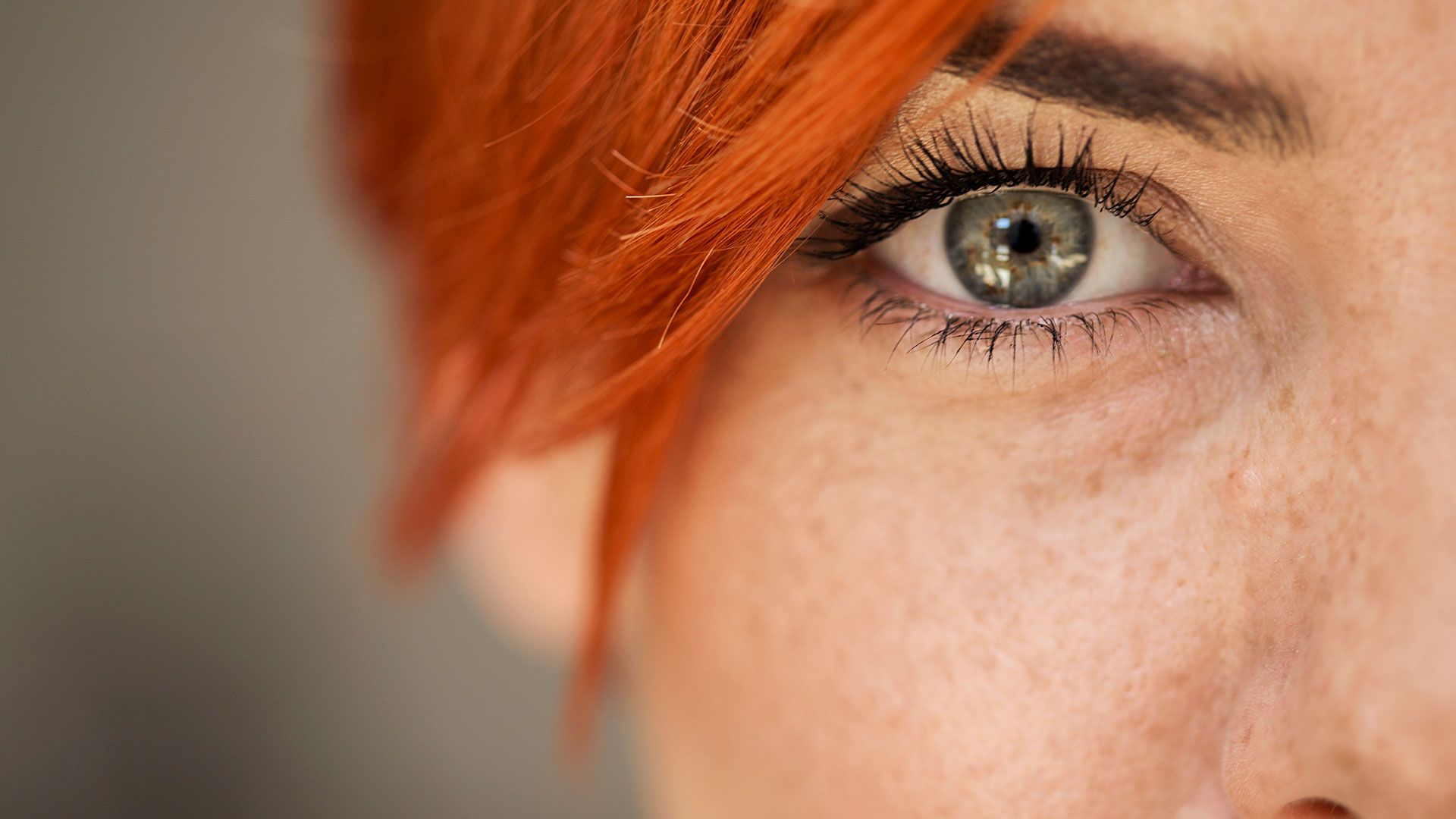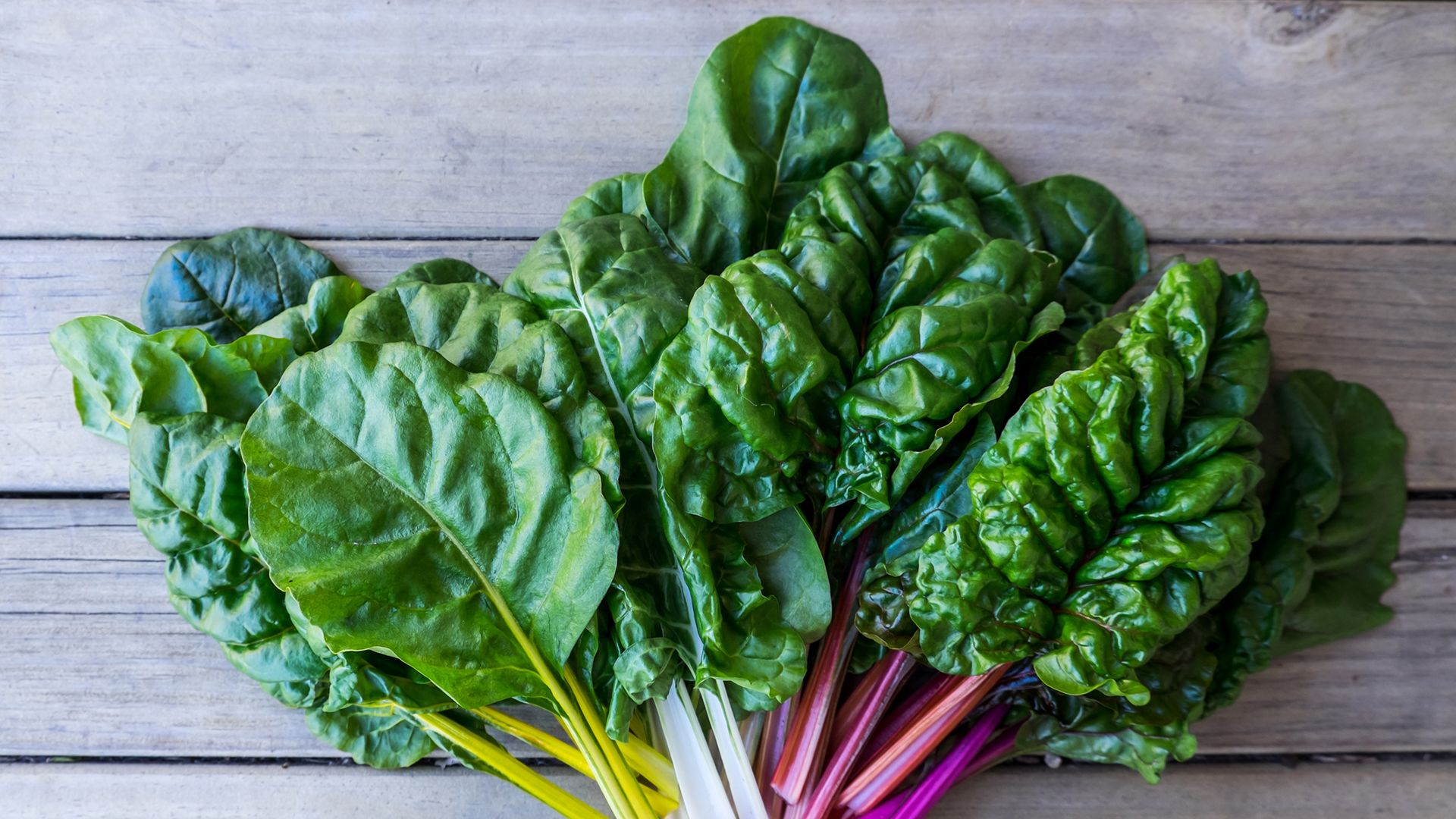Even a slight deterioration of any of your senses can be frustrating or worrisome. Not only can it interfere with your safety and your ability to understand your surroundings, but also it can affect your overall comfort and independence.
Still, as you age, some change in your senses is expected. Eyesight is often one of the first senses affected by aging.
But you can minimize the impact of age-related vision loss on your daily life, help protect your overall eye health and reduce disease risk by monitoring vision changes, reporting unusual symptoms, getting regular eye exams, making eye-friendly tweaks to your surroundings and adjusting a few lifestyle habits.
How's your vision?
The first step in protecting your eyes is to distinguish between vision changes that are due to normal aging processes and vision changes that may be signs of disease. Only a doctor can diagnose eye disease, so if you haven't been keeping a regular schedule of checkups, consider making an appointment today.
Normal age-related vision changes
Not all declines in vision quality are the result of disease; certain anatomical changes naturally occur over time.
The various internal and external structures of the eyes, which all work together to help people see clearly at various distances and under different lighting conditions, begin to wear down as people get older.
Common age-related vision complaints include:
- "I can't see as clearly as I used to."
- "I have difficulty seeing objects close up."
- "Colors don't seem as vivid."
- "It's getting more difficult to see in the dark."
- "I'm less able to adapt to glare."
- "I need more light to see."
The most significant age-related changes tend to occur in the lens and the pupil. These account for the majority of vision limitations people experience as they get older. The extent to which these changes affect vision varies from one person to the next.
But regardless of the degree to which these changes affect you, there are things you can do to compensate for them and help ensure they don't affect your safety or take a toll on your quality of life.
What's not a normal part of aging
As you get older, it is very important to have regular eye examinations. Some eye changes may signal something more serious than age-related changes, such as an eye disease that needs medical treatment. Even if you are not experiencing eye symptoms, regular checkups are a must.
Many eye diseases do not have warning symptoms but could be minimized or slowed with proper treatment. For example, although eye diseases such as macular degeneration, glaucoma, cataracts, diabetic retinopathy, and retinal detachment are often painless and the onset is gradual, they can greatly impair vision if not promptly treated.
During a doctor appointment, if you have or are suspected of having disorders affecting the retina, or if you are at risk for other eye diseases such as glaucoma, you may be given tests to confirm a diagnosis.
Visual limitations can be addressed
With age, almost everyone's vision deteriorates to some degree. Fortunately, there are several ways to lessen the impact of age-related eye changes. Making up for vision losses, no matter how big or small, is very important. If ignored, even mild visual impairment can lead to problems ranging from feelings of depression and social isolation to injuries from falls.
Addressing age-related vision troubles as they arise and making the necessary adjustments to your surroundings or lifestyle will help you remain independent and protect your quality of life.
Nutrition and lifestyle can make a difference
Studies show that certain lifestyle habits and dietary choices may help protect the lens of the eye and reduce the risk of certain lens conditions that diminish sight.
For example, a study published in the American Journal of Nutrition reveals that a diet rich in vitamin C and foods containing plant pigments, or carotenoids, may help protect the lens of the eye and reduce the risk of cataracts. A lack of these nutrients appears to speed cross-linking, a process by which proteins in the lens form unwanted links or bonds, making the lens thicker and more rigid. These unwanted bonds also scatter even more light than usual.
Carotenoids exhibit antioxidant properties. Examples include beta carotene, lycopene and lutein. There is no recommended daily allowance for carotenoids, but you can get your fill by eating lots of produce. Carotenoid-rich foods include sweet potatoes, cantaloupe, spinach, tomatoes, kale and mangoes. Aim for four servings of fruit and five servings of vegetables per day to help ensure you get the nutrients you need to maximize your eye health.
In addition to certain nutritional deficits, other lifestyle choices may speed up cross-linking and put lens health at risk. These include smoking and excessive exposure to the sun’s harmful UV rays.





